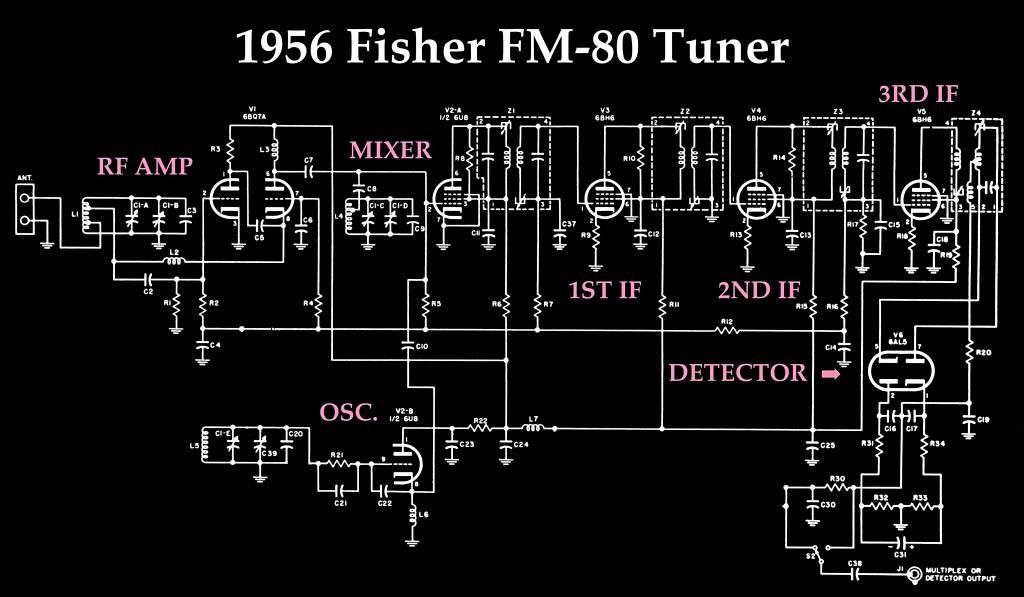Yes, the dash panel would have been the same for both models. The P-22 is identical to the P-25 chassis wise. Look at the schematic for the 1961 P22.
MPX was not approved by the .FCC until June of 61 which would have been 2/3 of the way thru a model year. But FISHER was putting MPX jacks in most chassis' all the way back to 1959 as they were gearing up for any eventuality. The TA-600 was the 1st "STEREO" receiver FISHER made in 1958-59. It had the FM-AM Simulcast, but had the MPX jack. As did the 500S in 1961, and the TA-800. If you look at the tuners from that era most of them have a MPX jack. My 101-R from 1959-60 has one also.
The problem was no one knew which of the two systems (Crosby or GE) was going to be picked by the FCC, hence the outboard jack and the two different designs for MPX units (mpx 20 was Crosby, all others GE mpx). I don't think Jack Kennedy had that much pull in the decision, as he had only been in office for less than 6 months when the FCC made their decision.
MPX was not approved by the .FCC until June of 61 which would have been 2/3 of the way thru a model year. But FISHER was putting MPX jacks in most chassis' all the way back to 1959 as they were gearing up for any eventuality. The TA-600 was the 1st "STEREO" receiver FISHER made in 1958-59. It had the FM-AM Simulcast, but had the MPX jack. As did the 500S in 1961, and the TA-800. If you look at the tuners from that era most of them have a MPX jack. My 101-R from 1959-60 has one also.
The problem was no one knew which of the two systems (Crosby or GE) was going to be picked by the FCC, hence the outboard jack and the two different designs for MPX units (mpx 20 was Crosby, all others GE mpx). I don't think Jack Kennedy had that much pull in the decision, as he had only been in office for less than 6 months when the FCC made their decision.
Last edited:


